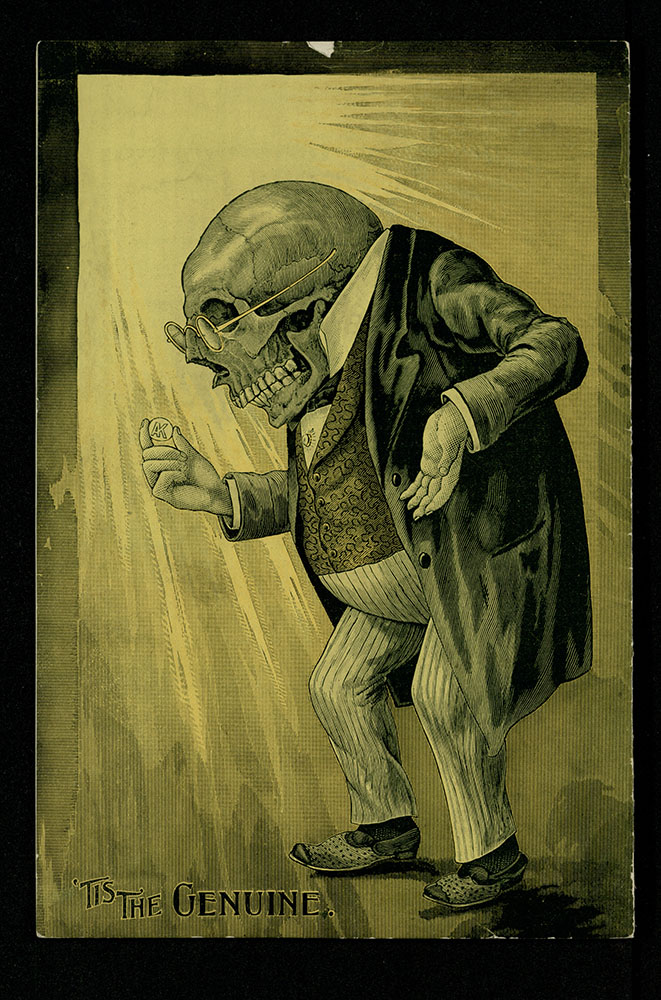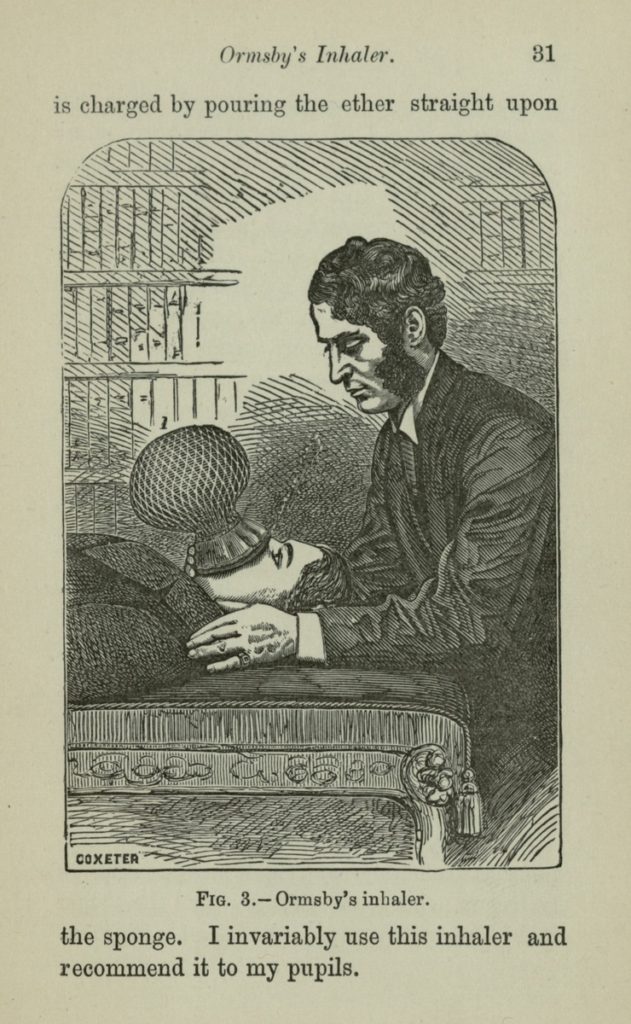– by Patrick Magee, Visitor Services/Gallery Associate
Welcome back to another issue of #MedievalMedicineMonday! On Mondays, Visitor Services/Gallery Associate Patrick Magee will be exploring the depths of medieval medicine as depicted by woodcuts found in our early printed books.
This week, we’re going to look at how woodcut creators and the general public made sense of the beginnings of a plague. In Pestbuch, Hieronymus Brunschwig depicted the onset of a pandemic through a series of woodcuts, themselves serving a purpose somewhere between documentation and warning. In the woodcut drawings, Brunschwig depicts a mixture of illness at its worst alongside the continuing lives of everyday folks and doctors/attenders of the sick.



